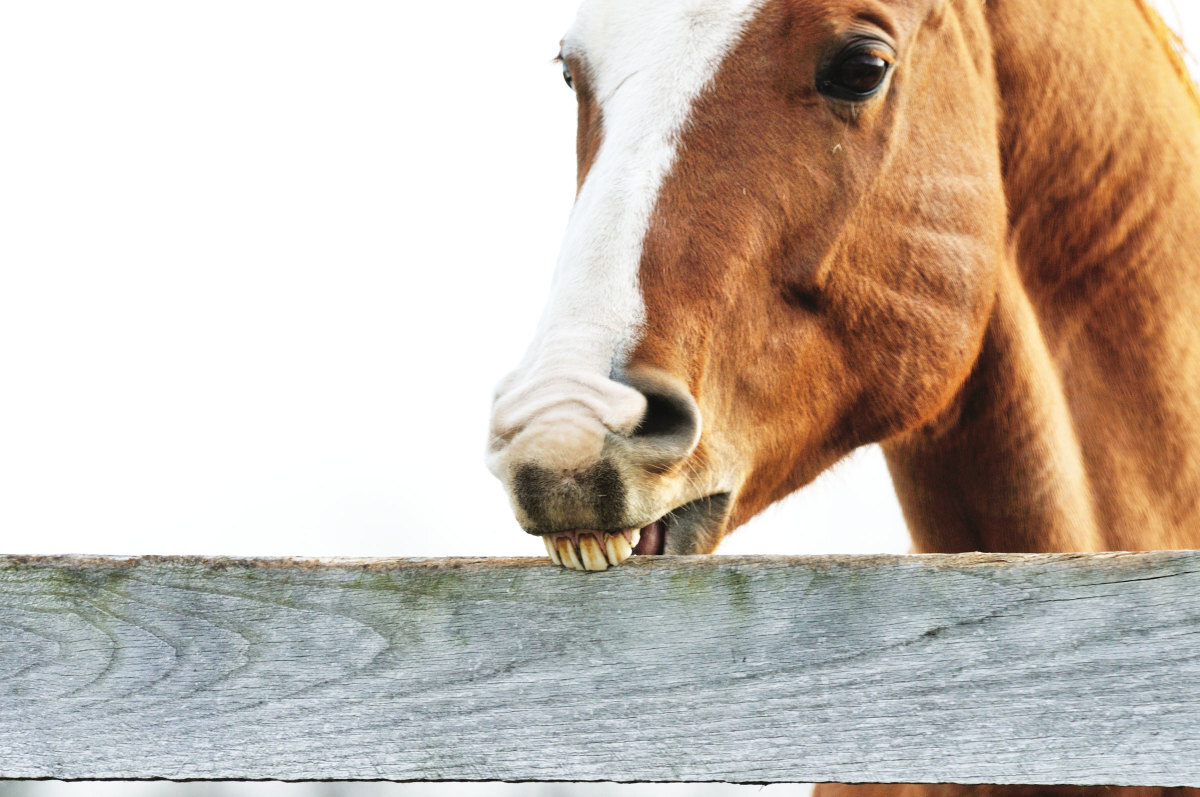
Cribbing is a quirky behavior seen in some horses that often leaves owners scratching their heads. Ever wondered why your horse keeps biting on fences or stall doors? Cribbing horses are known to grasp objects with their teeth, arch their necks, and gulp air. This habit can lead to various health issues, including weight loss and dental problems. But why do they do it? Some experts believe it’s a way for horses to cope with stress or boredom. Others think it might be linked to diet or genetics. Understanding cribbing can help you manage and possibly reduce this behavior in your equine friend. Ready to learn more? Let’s dive into 24 intriguing facts about cribbing horses!
What is Cribbing in Horses?
Cribbing, also known as crib-biting, is a repetitive behavior seen in some horses. It involves the horse grasping a solid object, like a fence or stall door, with its teeth and then sucking in air. This behavior can be puzzling and concerning for horse owners.
- Cribbing is considered a stereotypic behavior, meaning it is repetitive and serves no obvious purpose.
- Horses that crib often develop the habit due to stress or boredom.
- Cribbing can lead to dental problems, including worn-down teeth.
- Some horses may crib to release endorphins, which can create a calming effect.
- Cribbing is more common in stabled horses than those kept in pastures.
Why Do Horses Crib?
Understanding the reasons behind cribbing can help in managing and preventing it. Various factors contribute to this behavior.
- Horses with limited social interaction are more likely to crib.
- Diet plays a role; horses on high-grain diets are more prone to cribbing.
- Lack of forage can increase the likelihood of cribbing.
- Genetic predisposition may make some horses more susceptible to cribbing.
- Horses that experience sudden changes in their environment may start cribbing.
Health Implications of Cribbing
Cribbing isn't just an annoying habit; it can have serious health consequences for horses.
- Cribbing can lead to colic, a potentially life-threatening condition.
- Horses that crib excessively may lose weight due to the energy expended in the activity.
- The behavior can cause muscle strain in the neck and shoulders.
- Horses that crib are at risk of developing gastric ulcers.
- Cribbing can damage the structures they bite on, leading to costly repairs.
How to Manage Cribbing
While cribbing can't always be cured, there are ways to manage and reduce the behavior.
- Providing ample forage can help reduce cribbing.
- Increasing turnout time allows horses to engage in natural behaviors, reducing stress.
- Toys and enrichment activities can keep horses occupied and less likely to crib.
- Cribbing collars can be used to prevent the horse from grasping objects with its teeth.
- Some horse owners find success with anti-cribbing sprays that deter the behavior.
Myths and Misconceptions About Cribbing
There are many myths surrounding cribbing that can lead to misunderstandings about the behavior.
- Cribbing is not contagious; horses do not learn it from each other.
- Not all horses that crib are unhappy or unhealthy.
- Cribbing does not always indicate poor management or care.
- Some horses may crib despite having a seemingly perfect environment.
Understanding cribbing in horses involves recognizing the behavior, its causes, and its potential impacts. By managing the environment and providing appropriate care, horse owners can help reduce the incidence of cribbing and improve their horses' well-being.
Final Thoughts on Cribbing Horses
Cribbing in horses is a fascinating yet complex behavior. Understanding why horses crib, the potential health risks, and how to manage it can make a big difference in their well-being. Cribbing isn't just a bad habit; it's often a sign of underlying issues like boredom, stress, or even gastrointestinal discomfort. Providing a more enriching environment, using cribbing collars, or consulting with a vet can help manage this behavior.
Remember, each horse is unique, and what works for one might not work for another. Patience and observation are key. By addressing the root causes and offering appropriate interventions, you can improve your horse's quality of life. Keep these facts in mind, and you'll be better equipped to handle cribbing in your equine friend.
Was this page helpful?
Our commitment to delivering trustworthy and engaging content is at the heart of what we do. Each fact on our site is contributed by real users like you, bringing a wealth of diverse insights and information. To ensure the highest standards of accuracy and reliability, our dedicated editors meticulously review each submission. This process guarantees that the facts we share are not only fascinating but also credible. Trust in our commitment to quality and authenticity as you explore and learn with us.


